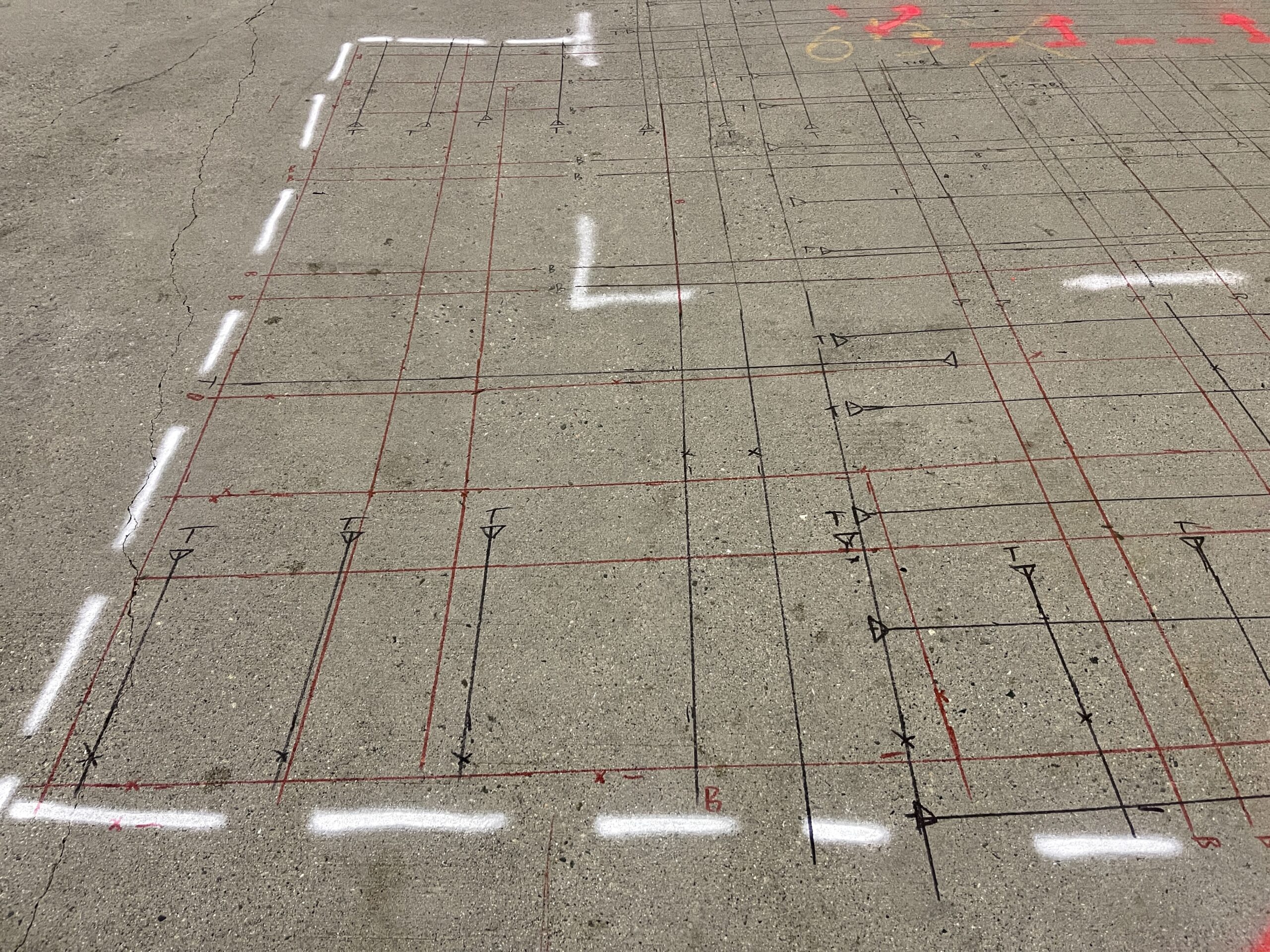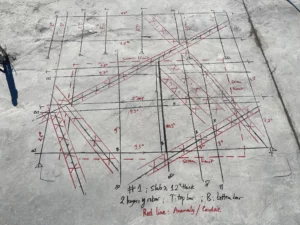Concrete scanning with GPR has been used for a very long time now, longer than we think. Nowadays, it has become an indispensable tool for workers in construction as it is capable of conduct detection, making it safer by avoiding pipes or other important components in the ground.
It has been noticed that more and more companies specialize in concrete scanning as they see it as the future of underground scanning. In time it will improve and become revolutionary, more than it already has. However some important questions to be asked include how this technology came to be? And what can you really do with a GPR?
Everything began when radar technology was first patented in 1904 by Christian Hülsmeyer. Six years later, it was used to locate buried objects. This brand-new system was composed of antennas and a continuous-wave radar. Then, in 1926, a pulse radar system was created. This new invention increased the depth resolution, and this is what makes it the perfect tool that it is today, to reduce risk. But the challenge with this kind of technology was that the X-ray system could be very dangerous for humans when used in populated areas with buildings, hotels etc.
At first, buildings needed to be empty before the X-ray technology or it had to be done at night, which increased project delays and disruptions as it took between 5 to 6 hours to scan the area.
Even though it was an amazing tool, it was not commonly used before World War II. After that war, in the 1970’s, scientists began to work on improved radar systems in order to look for specific things in the ground. At first, this new radar was used to help military operations in conduct detection such as locating tunnels in-between North and South Korea.
Seeing how great GPR scanning was, it was later used by public utility and construction companies to map pipes and utility lines under the city streets. Moreover, it was also utilized to explore water tables and salt deposits, among others.
According to history, the first affordable GPR was sold in 1985. Right now, a lot of companies create GPR systems and some of them also give measurement services. If you take a look at every GPR system, you can see that the transmitter and receiver are above the ground even though it has to fit into a narrow and long hole for some applications.
Nowadays, the latest GPR is not dangerous for anyone, it is completely safe and secure for the environment and for humans. The GPR now transmits electromagnetic waves into the ground, soil or structure and analyses the data on the subsurface. It also takes from a few minutes to a couple of hours to scan instead of 5-6 hours which is an enormous timesaver.
With this conduct detection, every construction company gains money, reputation, time and most importantly every worker on site is completely safe. No accidents happen and it avoids any kind of setbacks during the work that could cost a lot to any company.


